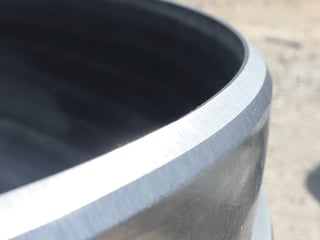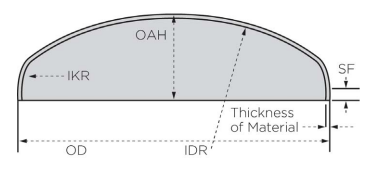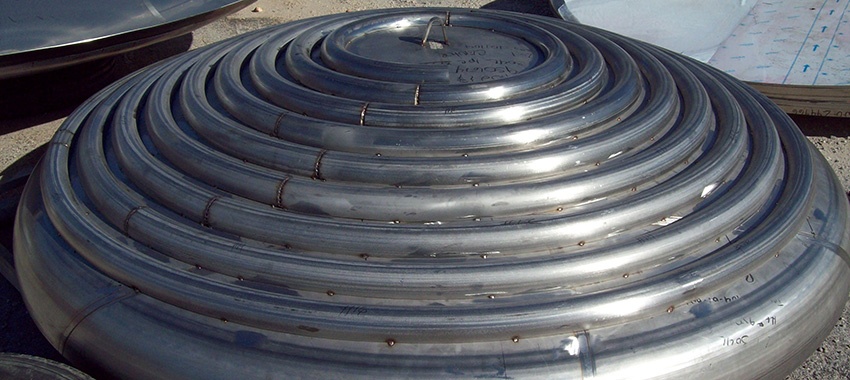1 minute read
When building tanks, there’s a lot to remember about the individual tank components. One of the most commonly purchased tank components, tank heads, can be customized to meet any application for which your vessel is designed. With so many options, it’s easy to forget an important detail when requesting a quote.
Specificity is essential to the tank head quoting process. Your manufacturer needs to know detailed information about the specifications of your vessel’s heads.
Make sure your manufacturer is also aware of any special requirements you may have to ensure your quote is completed quickly and accurately.
Your purchasing job will get done more efficiently if you include all the information up front. That means more productivity for you and a faster quote too. Here’s everything your supplier needs to know when you order your next tank head.
Head Specifications
 What are the dimensional and stylistic attributes required for the tank head? Most of the following specifications are required to quote and build your tank head:
What are the dimensional and stylistic attributes required for the tank head? Most of the following specifications are required to quote and build your tank head:
- Head Style
- Quantity
- Diameter
- Dish Radius
- Inside Knuckle Radius
- Straight Flange
- Material Type
- Nominal Thickness or Minimum Thickness
- Edge Machining
- Radiography Requirements
- ASME Code Required
- Inside Material Finish
- Outside Material Finish
Special Requirements
Are there any special requirements your project or company needs to meet? Special requirements you should mention to your manufacturer could include any of the following:
- Critical Dimensions
- Value-added components: Manways, gaskets, safety relief valves, heat transfer, etc.
- Special testing such as PMI or impact testing.
- Special documentation such as Certificates of Conformance, RA maps, thickness maps, x-ray reader sheets, etc.
Work through a checklist of these important details before requesting a quote. This will save you valuable time and reduce any future challenges that may arise.
Are you interested in more resources from Paul Mueller Company? Check out this Tank Head Buyer's Resource Kit that has 4 helpful resources including a comparison of different types of heat transfer for tank components.



